Dassault Mirage III
The Dassault Mirage III is a single-seat, single-engine, fighter aircraft developed and manufactured by French aircraft company Dassault Aviation. It was the first Western European combat aircraft to exceed Mach 2 in horizontal flight.
The Mirage III first flew in 1956 and first went into service in 1961. It was produced in large numbers for both the French Air Force and a wide number of export customers. Prominent overseas operators of the fighter included Argentina, Australia, South Africa, Pakistan and Israel, as well as a number of non-aligned nations. Often considered to be a second-generation fighter aircraft, the Mirage III experienced a lengthy service life with several of these operators; for some time, the type remained a fairly maneuverable aircraft and an effective opponent when engaged in close-range dogfighting.
The Mirage III has been used in active combat roles in multiple conflicts by a number of operators. The Israeli Air Force was perhaps the most prolific operator of the fighter outside of France itself; Israel deployed their Mirage IIIs during both the Six-Day War, where it was used as both an air superiority and strike aircraft, and the Yom Kippur War, during which it was used exclusively in air-to-air combat. During the South African Border War, the Mirage III formed the bulk of the South African Air Force's fleet, comprising a cluster of Mirage IIICZ interceptors, Mirage IIIEZ fighter-bombers and Mirage IIIRZ reconnaissance fighters; following the introduction of the newer Mirage F1, the type was dedicated to secondary roles in the conflict, such as daytime interception, base security, reconnaissance and training. The Argentine Air Force utilised the Mirage IIIEA during the Falklands War, but their lack of an aerial refueling capability limited their usefulness in the conflict. Even using drop tanks, the Mirages only had an endurance of five minutes within the combat area around the British fleet.
This example on the estate is a Mirage IIIR built in 1963 with Serial No330. It was specialized in tactical reconnaissance at low and medium altitudes by day or by night and has a purpose-developed camera nose, which internally accommodated up to five OMERA cameras. On this variant, the radar system was excluded due to a lack of available space in the nose, however, the aircraft retained the twin DEFA cannon and all compatibility with its external hardpoint weapons systems.

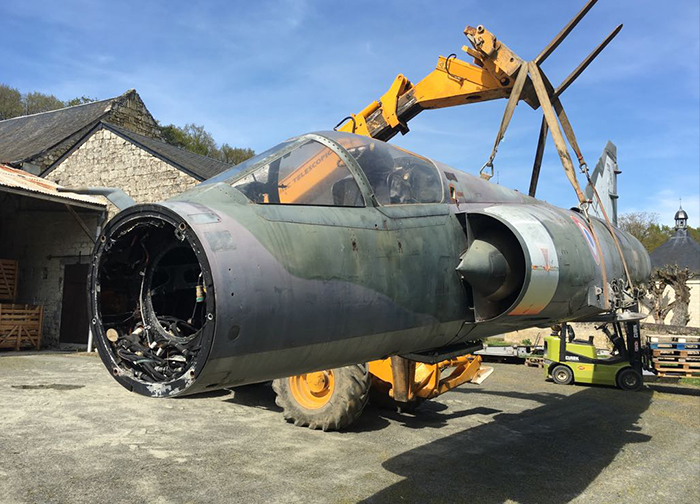

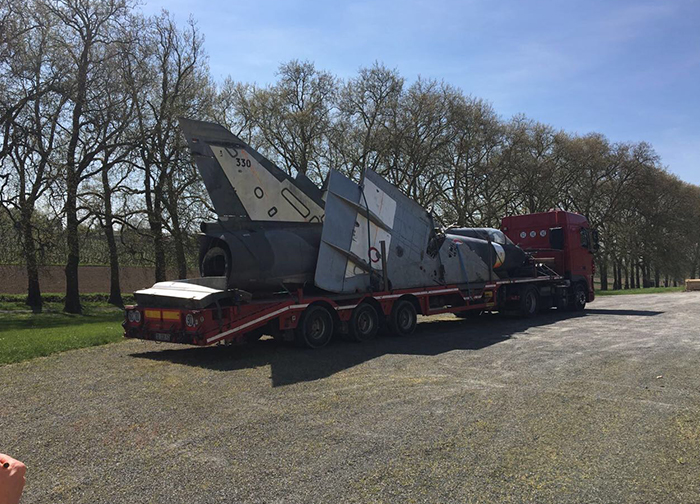
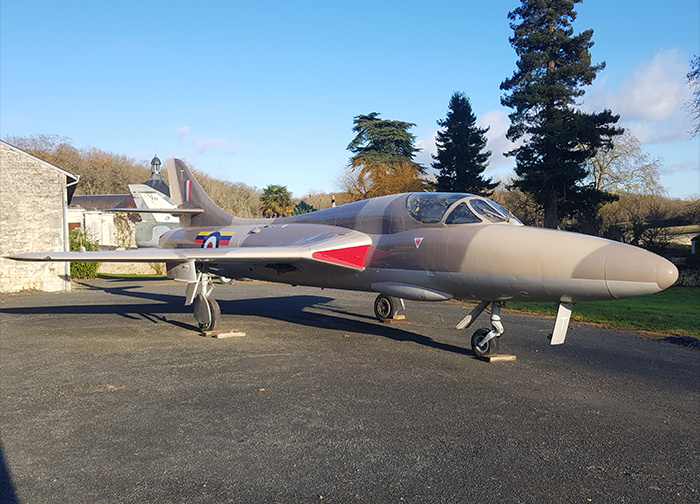

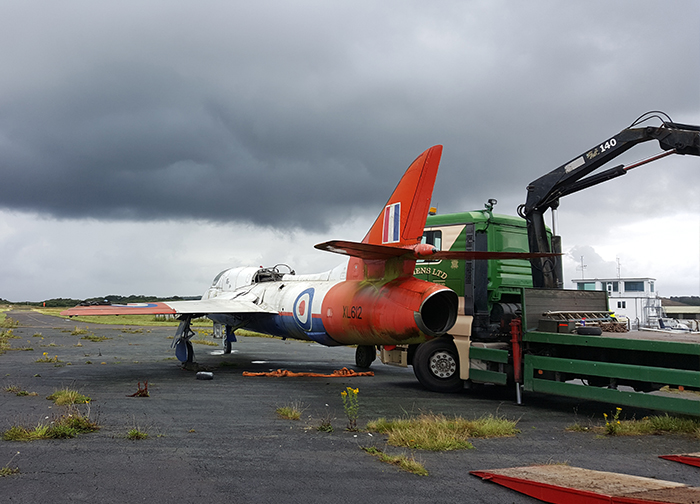

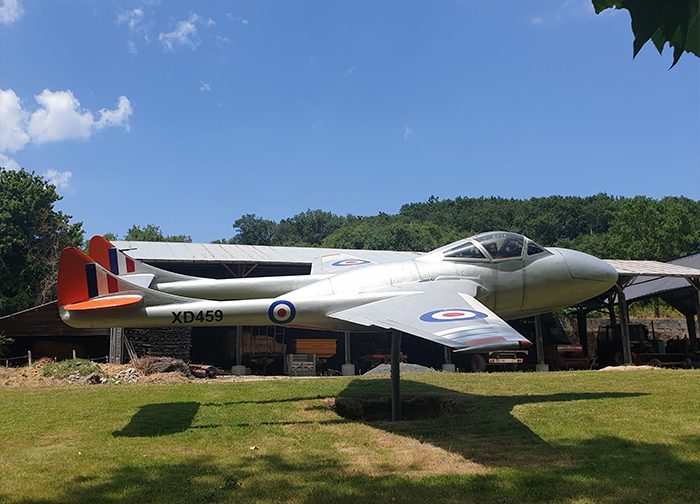
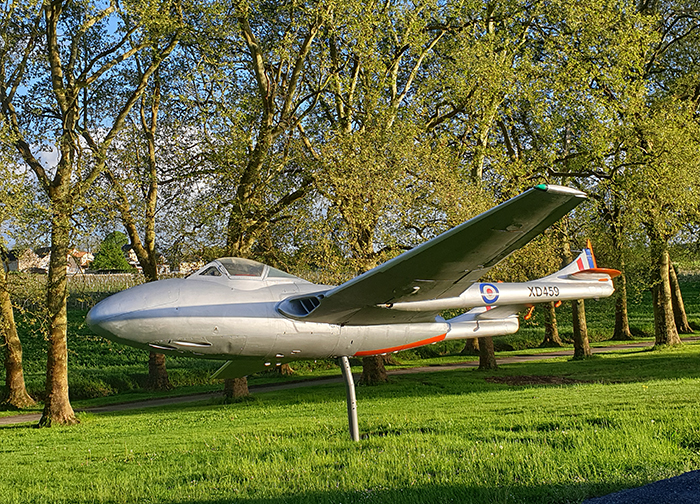
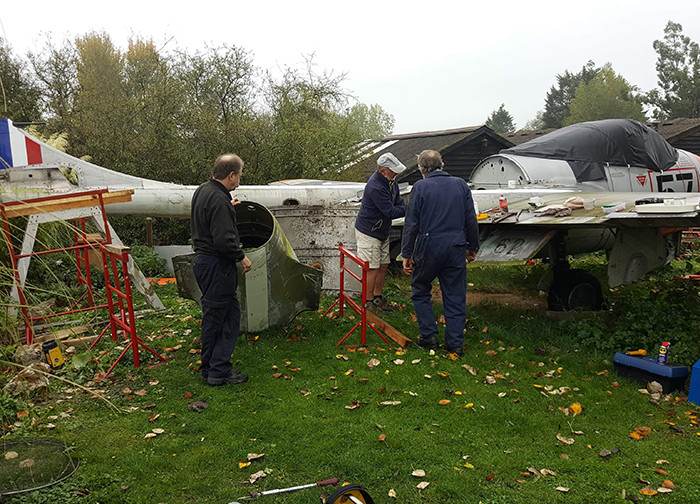
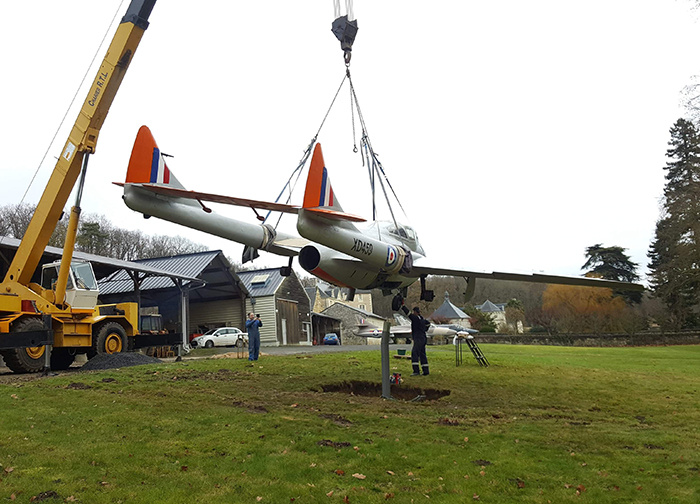
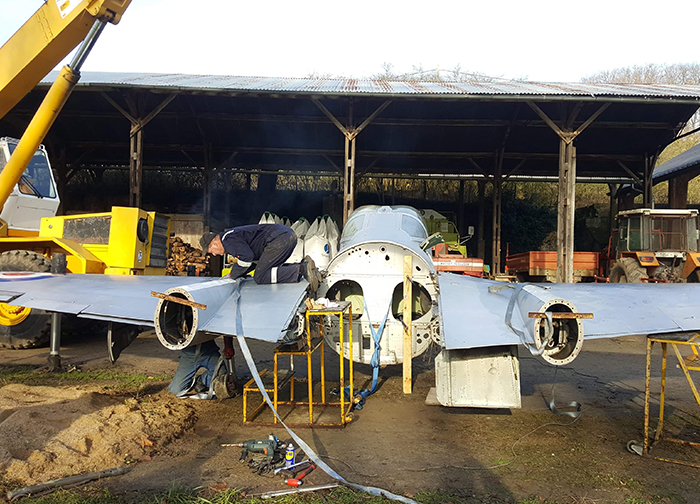
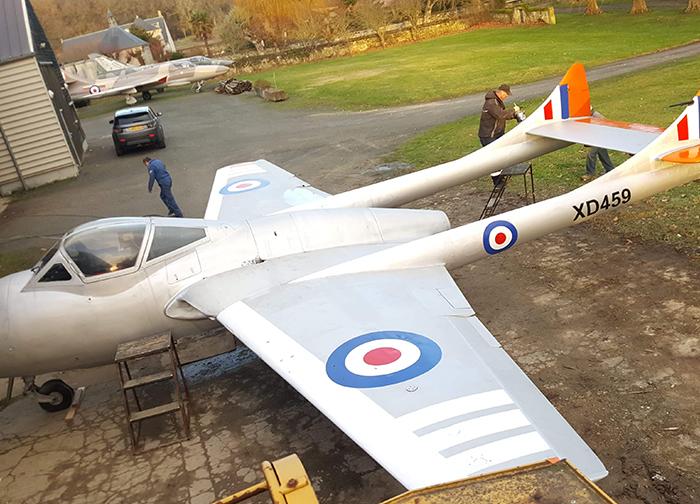
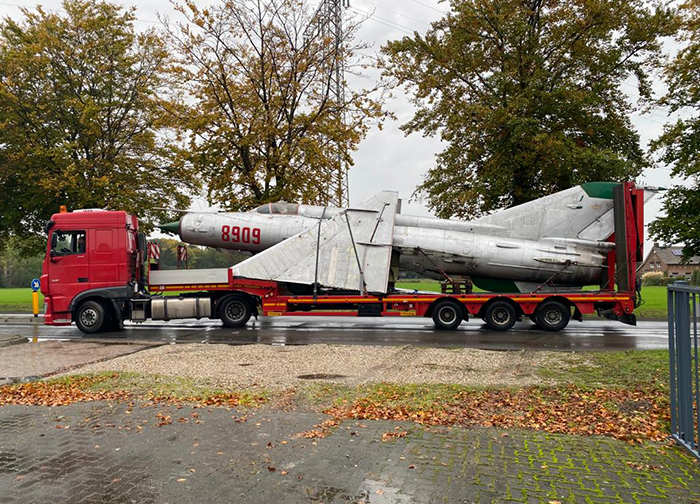
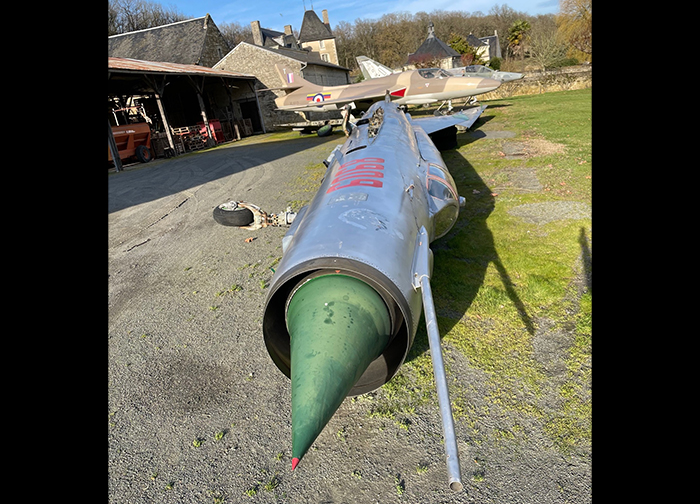
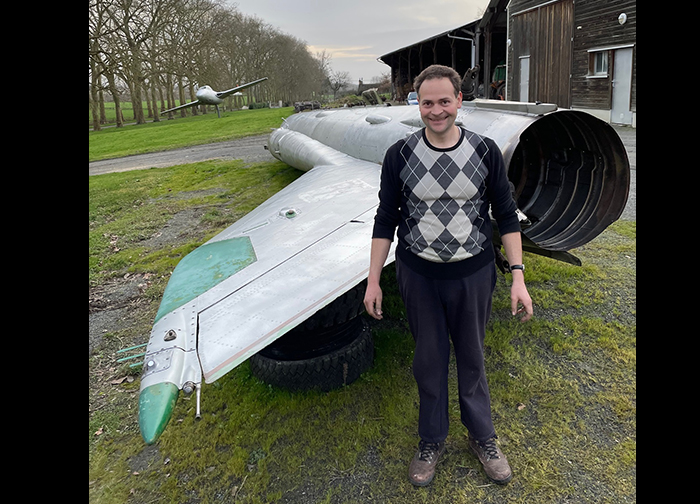
 © . All rights reserved |
© . All rights reserved |